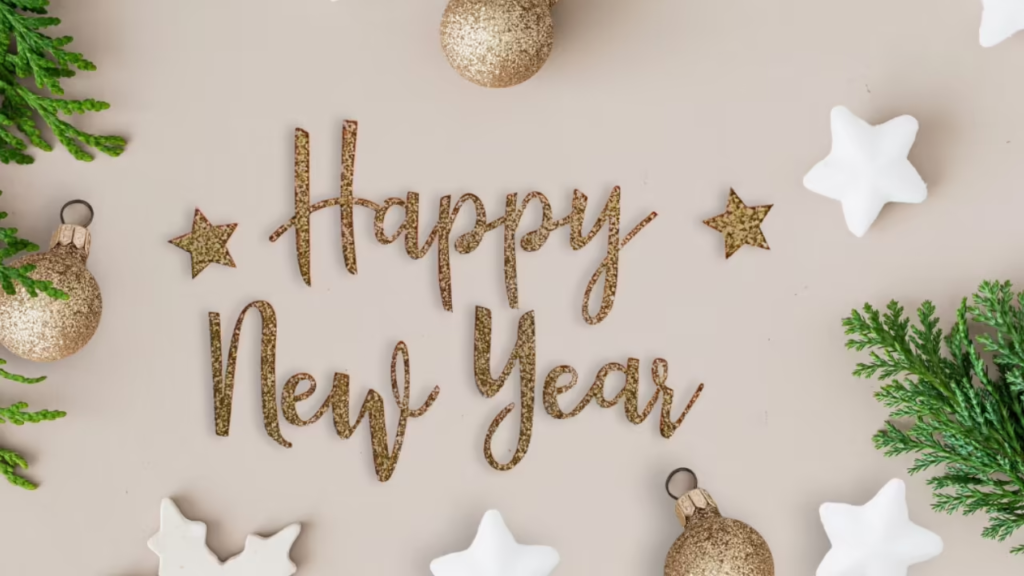
Table of Contents
- Introduction: The Final Countdown
- A Race Across Time Zones
- Chasing the Clock: The First and the Last
- The Curious Case of Howland and Baker Islands
- Life on the Edge of Midnight
- Why It Matters: Cultural Echoes and Global Unity
- Digital Celebrations: Social Media and Delayed Fireworks
- How Brands Can Tap into the “Last New Year” Buzz
- Fun Facts to Blow Your Mind
- Final Thought: The Last Toast
1. Introduction: The Final Countdown
New Year’s Eve isn’t just a moment—it’s a wave that travels around the world. While most people are caught up in the celebrations at midnight in their region, few stop to ask: Where is the New Year celebrated last on Earth?
Welcome to a journey that defies time—where geography, international time zones, and even emojis collide in a tale of delayed celebrations.
2. A Race Across Time Zones
The Earth is divided into 24 time zones, creating a rolling rhythm of celebrations from east to west. As the sun sets, fireworks ignite country after country—but someone, somewhere, is always last to cheer in the New Year.
3. Chasing the Clock: The First and the Last
The first places to celebrate the New Year include Kiribati, Tonga, and parts of New Zealand—thanks to their position near the International Date Line.
But the last places? That’s where things get fascinating, remote, and almost poetic.
4. The Curious Case of Howland and Baker Islands
Meet Howland and Baker Islands, two uninhabited U.S. territories in the Pacific Ocean. These islands are the last places on Earth to welcome the New Year, sitting in the UTC-12 time zone.
They don’t host parties or fireworks—there are no permanent residents. But symbolically, they close the global celebration loop, 26 hours after the first countries have already toasted and danced.
5. Life on the Edge of Midnight
Right behind these uninhabited islands is American Samoa and Niue, which celebrate the New Year just an hour earlier than Howland and Baker. Unlike the lonely islands, these places are home to real communities who embrace their “almost last” status with local traditions, music, and community events.
6. Why It Matters: Cultural Echoes and Global Unity
This time-travel perspective isn’t just about quirky trivia. It reflects how diverse cultures celebrate one shared moment, each with unique traditions—whether it’s fireworks, family dinners, prayers, or festive dances.
And as the final countdown echoes through the last time zones, we are reminded that the New Year belongs to everyone.
7. Digital Celebrations: Social Media and Delayed Fireworks
In a hyper-connected world, the New Year’s digital celebration never sleeps. Social media extends the festivities as people livestream their parties, post wishes, and share moments in real-time—or “delayed time.”
Some brands and influencers even time their posts to align with the last time zones, keeping their audience engaged for longer.
8. How Brands Can Tap into the “Last New Year” Buzz
Marketers take note: the “Last New Year” is an untapped goldmine. Here’s how to leverage it:
- Launch flash sales or campaigns timed with the final time zones.
- Share global celebration stories, ending with the most delayed.
- Create nostalgic or reflective content that closes the New Year loop with intention and emotion.
9. Fun Facts to Blow Your Mind
- There’s a 26-hour time difference between the first and last New Year celebrations.
- Some people travel across time zones to celebrate New Year’s Eve twice.
- TikTok trends often resurface with each time zone shift, extending viral moments globally.
10. Final Thought: The Last Toast
While the world races into the New Year with glitter and noise, somewhere on a quiet island—or across digital screens—a final toast is made, closing the chapter of the old year.
So next time the fireworks fade, remember: someone, somewhere, is still counting down. Because in the end, time is what connects us—even when it separates us.

